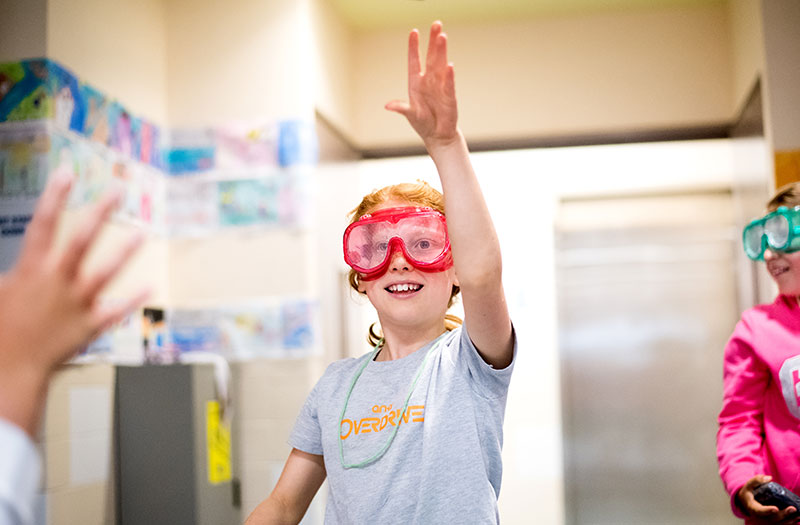Sheep Heart Dissection
Students observe and dissect a sheep heart. In doing so, they learn about how the heart works and what it really looks like.While this lesson
Students observe and dissect a sheep heart. In doing so, they learn about how the heart works and what it really looks like.While this lesson
Students familiarize themselves with different types of animal skulls and teeth. From observation they learn to tell which skulls are those of herbivores, omnivores and
Students will test a variety of food samples for the presence of lipids, proteins,simple and complex carbohydrates.
Students work in whole class and small group settings to discuss, observe andlearn about a wetland ecosystem (salt ponds) and some of the organisms that
Students observe the browning of apples after cut and being exposed to air and brainstorm ideas about why this might be happening. Students think about
Students will investigate different objects and discuss whether they are alive or not alive. Students are challenged to provide evidence for their decision and defend
Students will explore how plants grow while using the scientific method to conduct an experiment.
Students will explore how plants grow while using the scientific method to conduct an experiment.
In this laboratory investigation, students learn the concept of mutagenesis and explore how different substances can act as mutagens.The experiment utilizes a strain of yeast
All of SEP’s programs are offered free-of-charge. To do this work, SEP must annually raise nearly $2 million. Every donation brings us closer to that goal and helps to make this important work possible.

As part of UCSF, SEP is a 501(c)3 non-profit. All donations are tax deductible to the fullest extent of the law. Please let us know if your company participates in a matching gift program so that we can extend the benefit of your generosity.